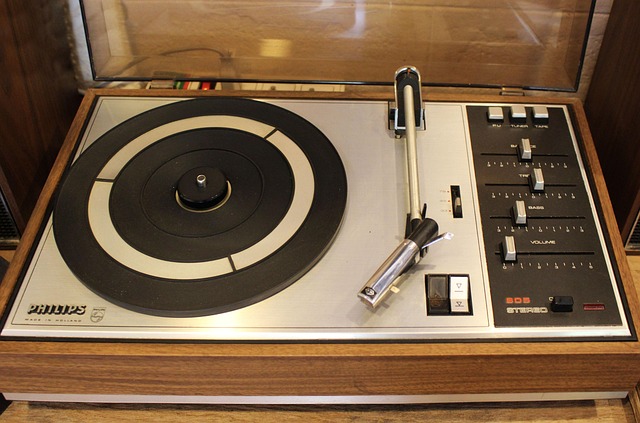In the world of home cinema, experiencing audio and video in their highest quality is paramount. To achieve this, understanding the role of codecs is crucial. A codec, short for coder-decoder, is a technology that compresses and decompresses digital media files. They directly affect the quality of audio and video playback, influencing how you experience your favorite films and music in your personal cinema room.
The Role of Codecs in Audio Quality
When it comes to audio playback, codecs determine how sound is compressed for storage and how it’s played back through your speakers. Lossy codecs like MP3 and AAC sacrifice some audio fidelity for smaller file sizes, making them ideal for streaming. In contrast, lossless codecs such as FLAC and ALAC preserve the original sound quality, offering a more immersive experience when listening to music. If you want to recreate the ambiance of a cinema room, investing in lossless audio formats can elevate your home cinema experience to new heights, allowing you to hear every note and nuance as intended.
Video Codecs: Clarity and Detail
Video codecs work in a similar way, controlling how visual data is compressed. While formats like H.264 have dominated the market due to their efficiency, newer codecs such as HEVC (H.265) and AV1 bring significant improvements in picture quality, even at lower bitrates. This means crisper visuals with better color depth and clarity for your home cinema setup. When setting up a projector or a large-screen TV in your cinema room, choosing the right video codec can greatly enhance your viewing experience, showcasing the vibrant details of action sequences or the subtleties of a dramatic scene.
Choosing the Right Codecs for Your Home Cinema
When building your ideal home cinema, choosing the right codecs is essential. Consider the content you’re consuming—streaming services often optimize for certain codecs, so knowing what formats are supported will help you take full advantage of their offerings. Additionally, matching your audio and video codecs with the capabilities of your playback device is critical. For instance, if you have a high-definition projector, using a codec that supports 4K resolution will maximize the visual experience, while a sophisticated audio receiver will require compatible audio codecs to reproduce sound as intended.
Streaming and Codec Compatibility
With the rise of streaming services, codec compatibility has become more important than ever. Many platforms use adaptive bitrate streaming to optimize playback based on your internet speed; understanding the codecs they utilize can help you better prepare your setup for seamless streaming. Knowing these details allows you to select devices and services that work harmoniously, reducing buffering and enhancing the overall experience in your cinema room.
Conclusion
As you curate your home cinema experience, taking the time to understand codecs can make a world of difference. From the rich audio that envelops you to the stunning visuals that draw you in, codecs play an essential role in shaping how you enjoy your favorite films and music. Investing time in choosing the right audio and video codecs will pay dividends, promising countless immersive evenings spent lost in cinema magic.



